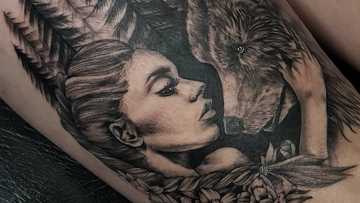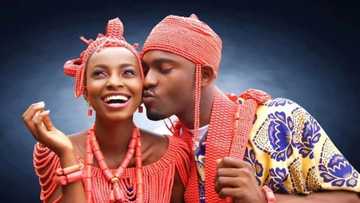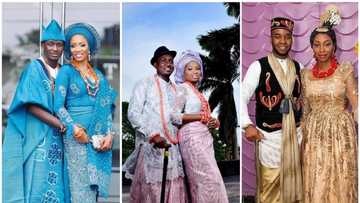Dreadlocks, 4 Other Ancient Amazing African Beauty Trends Still Popular in Today's World
- There are some African beauty trends that have been around for centuries and practised by a large number of people
- Interestingly, some of these beauty trends are still very much popular in today's world as seen on the fashion scene
- In this article, Legit.ng takes a look at some of these beauty trends which are several centuries old
PAY ATTENTION: Click “See First” under the “Following” tab to see Legit.ng News on your Facebook News Feed!
The world has witnessed loads of beauty and style trends, and while some have faded almost as soon as they arrived, others have been around for many centuries.
Trends like tattoo arts and body piercings are often frowned upon as they are considered indecent by many people.
Interestingly, these trends are not new nor were they born out of rebelliousness. Rather, they have always been around, especially in Africa.
Below are five beauty trends still in vogue:
1. Tattoos
Africa is reportedly the origin of tattoos as it is believed that the oldest evidence of purposeful and symbolic tattooing in humans originates in ancient Egypt.
PAY ATTENTION: Install our latest app for Android, read best news on Nigeria’s #1 news app

Source: Twitter
And for centuries, Africans have been inscribing signs and symbols on their bodies.
In today's world, the art of scarification has become widely accepted by people far and wide, and of different age groups.
2. Beads and piercing
When it comes to beautiful jewellery, Africa is best known for its ‘handmade’ beautiful beadwork. African beads are unarguably exquisite works of art.

Source: UGC
Africans have always been known for having piercings in different parts of their body, their nose, ears, and belly and wore beads on their waist, ankles and wrists.
While sporting jewellery on any part of the body in today's world often attracts criticisms, it has done little to stop the trend from being practised by a lot of people.
3. Shea butter
With the rise in natural hair lovers, the use of shea butter has become quite popular among ladies.
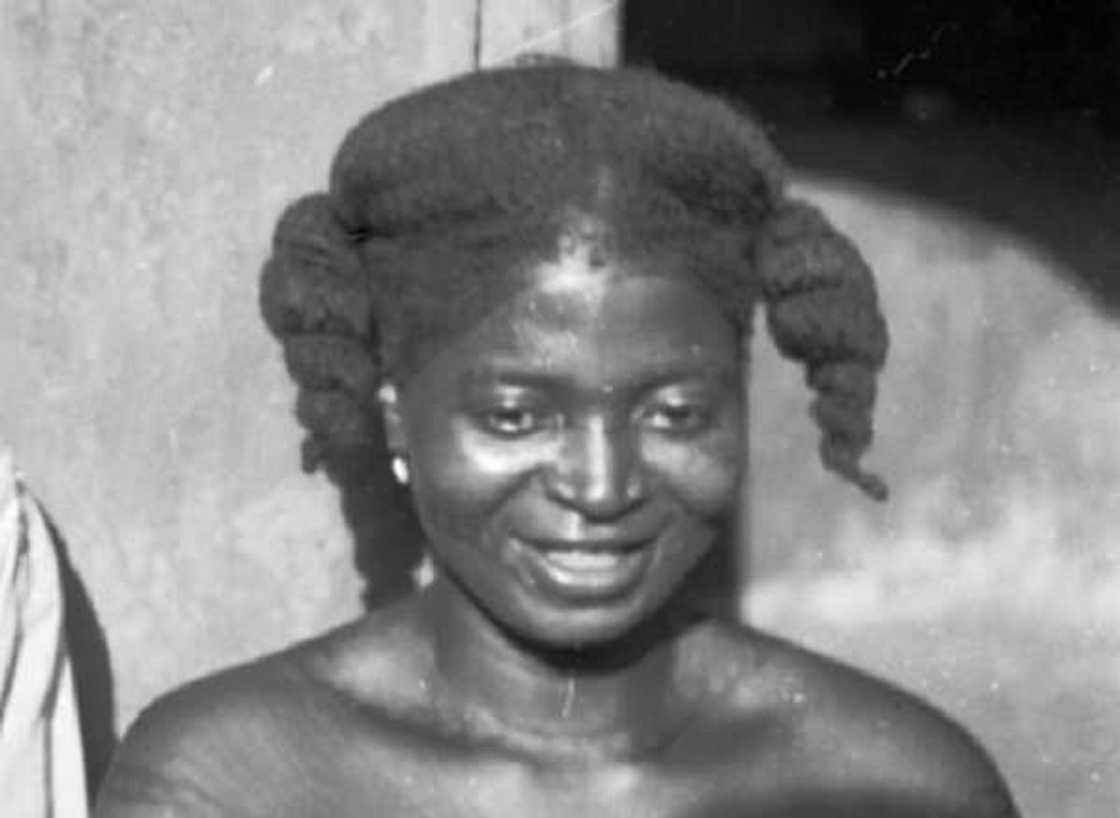
Source: Twitter
However, it isn't a new trend as it has been around for a long time. Ancient cultures, including ancient Egypt, under Cleopatra's rule, mention shea butter as a valuable commodity.
Shea butter was often used to protect skin and hair from the unrelenting sun and was used to treat arthritis and joint pain in traditional tribal medicine.
4. The use of black soap in beauty regimen
The African black soap originates from the Western part of Africa in age-old Yorùbá communities. The making of this soap began in pre-colonial Yoruba land.
In today's world, many people use it for both skin and hair.
Some of the benefits of using black soap include; evening out skin tone, soothing skin irritations and diseases from simple rashes to contact dermatitis and psoriasis, among others.
5. Dreadlocks hairstyle
Dreads have been worn historically by different shamans and warriors in Africa who adorned their hair with beads and other objects and coloured it to make it their own.
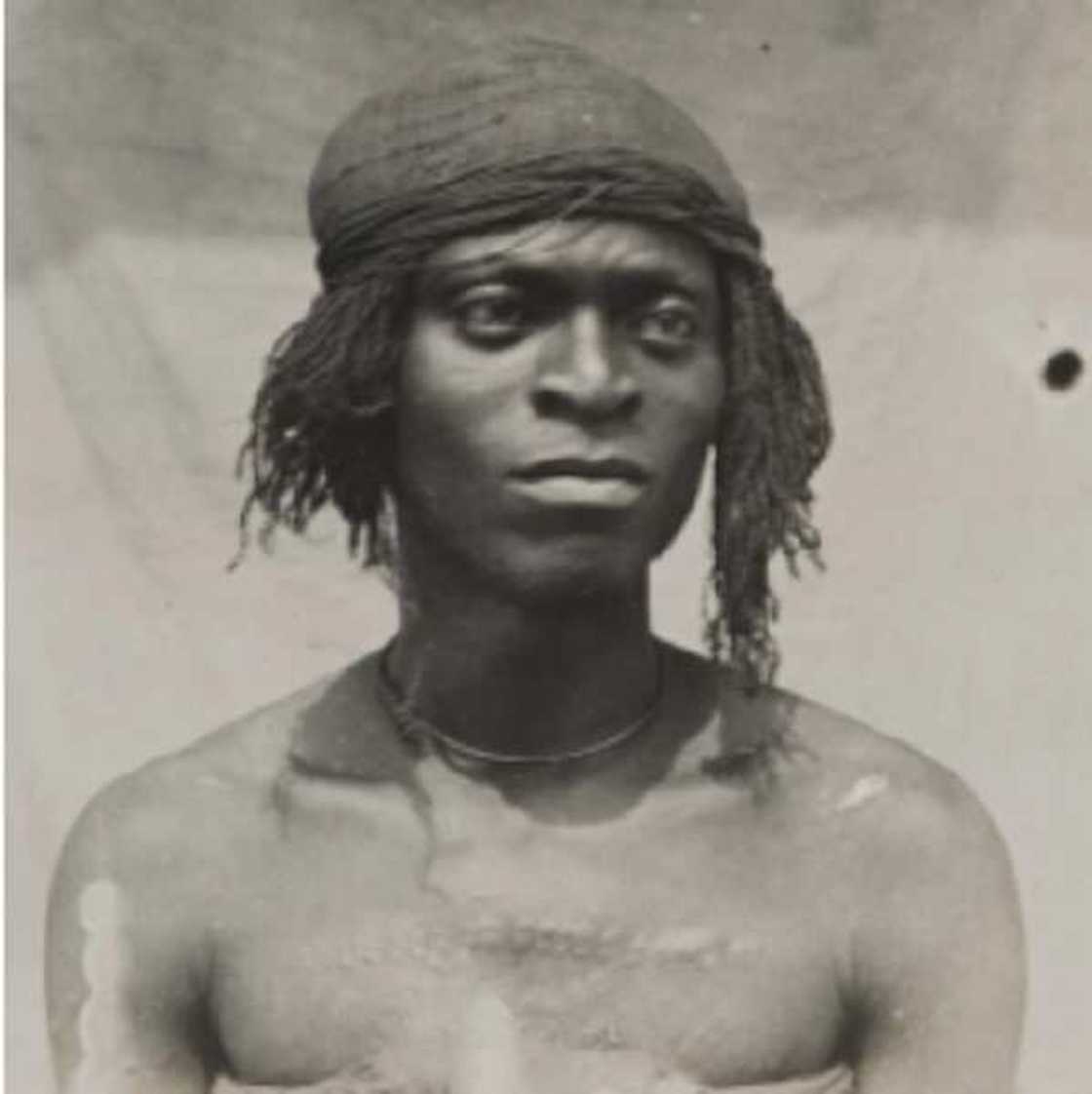
Source: Twitter
However, with the advent of colonialism, dreadlocks were then frowned upon and considered a 'rascal' look.
Well, this has stopped nothing in the popularity of the hair trend as dreadlocks are excellent for your hair, they preserve it and make it grow longer and easy to manage.
These and many more practices are currently some of the most popular trends currently!
More than fashion: A brief history of how slaves used cornrow hairstyles as maps
While cornrows have become a crowd favourite for women of every culture in the last 10 years, not so many people are familiar with the deep and rich history of the hairstyle that saved the lives of many.
Cornrows which consist of braiding the hair very close to the scalp in an underhand, upward motion in order to create a single line of raised row, creating the cornrow, have long been a facet of African beauty and life.
During the Transatlantic Slave Trade, many slaves were made to shave their hair for sanitary reasons. However, there were some slaves who in a bid to appear clean without cutting their hair, braided their hairs tightly in cornrows.
Source: Legit.ng

